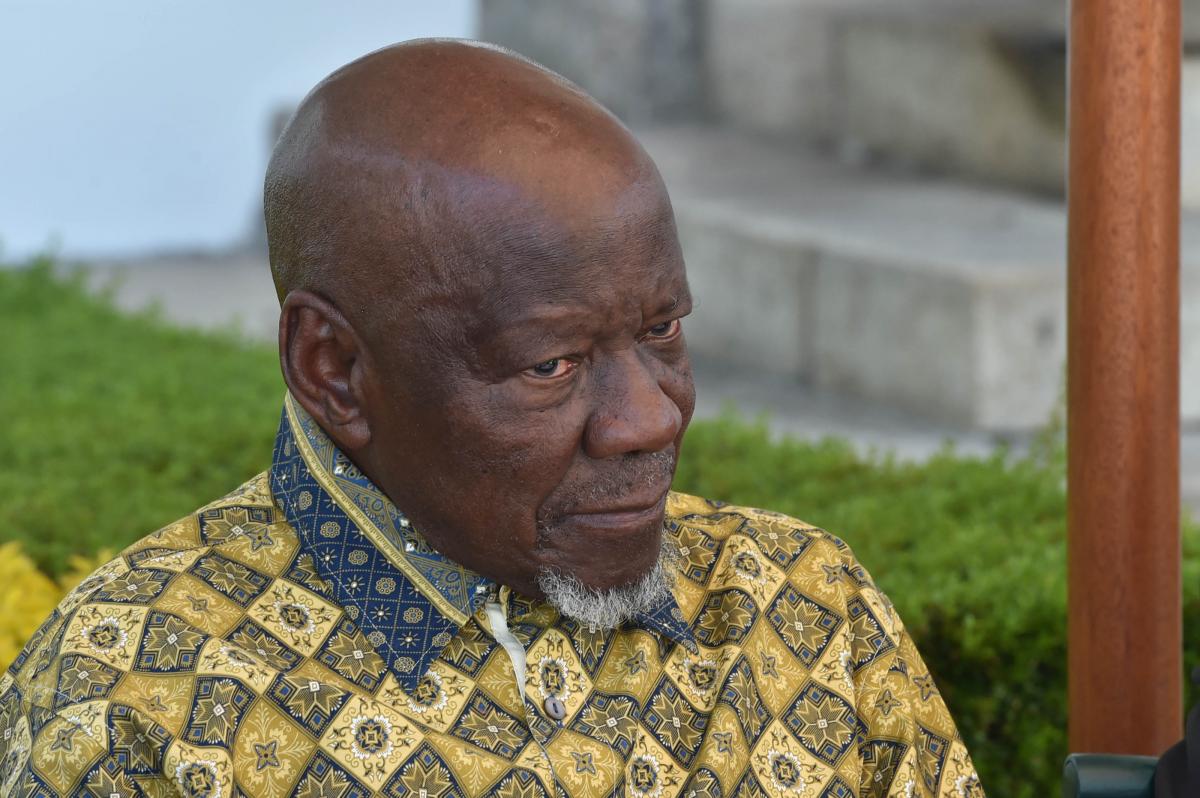SPORT, ARTS AND CULTURE
Sam Nzima will forever be remembered as a man who had the courage to fight apartheid with his camera in hand.
Renowned photographer Sam Nzima (83) recently passed away at a Nelspruit hospital following a short illness.
Nzima will be remembered for putting South Africa and the 1976 student uprising on the international stage with the photographs he took at the time.
Nzima took his last breathe on 12 May.
Nzima’s most famous photograph is of young Mbuyisa Makhubu carrying a slumped and bleeding Hector Peterson away from the rioting crowd in Soweto on 16 June 1976.
The image is an emotional one with Hector’s sister Antoinette Peterson with them. 
The photograph became an international symbol of resistance against apartheid and being forced to use Afrikaans as a medium of instruction in black schools.
President Cyril Ramaphosa expressed deep sadness at the sudden passing of Nzima, who was a recipient of the National Order of Ikhamanga.
“Sam Nzima was one of a kind. His camera captured the full brutality of apartheid oppression on the nation’s psyche, the history of the defiance campaign through to forced removals and the Soweto student uprisings.
“We convey our heartfelt condolences to his family and may his soul rest in peace,” said President Ramaphosa.
The South African National Editors’ Forum (SANEF) encouraged young journalists to draw inspiration from Nzima.
“He had unwavering commitment to transformation and the deepening of democracy at huge personal risk. As an industry we are honoured to have had journalists such as Nzima in our ranks,” a SANEF statement read.
Nzima was born in 1934 in the rural village of Lilydale in Mpumalanga near Bushbuckridge.
His interest in photography developed at a very young age when he was fascinated by one of his teacher’s camera and the concept of images coming out of a box.
He bought himself a Kodak Box Brownie and went to the Kruger National Park during school holidays to take peoples’ photographs for a fee.
Nzima moved to Johannesburg to seek work and got his first lucky break as a photo journalist at The World newspaper.
When he took the photograph of Hector Peterson he was still working for The World and was covering the students’ strike for the paper.
After this image was published in The World Nzima was put under house arrest for 19 months in Lilydale.
It took 22 years for Nzima to receive the photograph’s copyright. He was assisted by a legal firm.



 Facebook
Facebook Twitter
Twitter WhatsApp
WhatsApp